This article, in two parts, will discuss the different approaches taken by the militaries of countries that are, or have been, facing drone warfare in recent years.
The use of drones is not the future of warfare, but it has been in the news for at least five years. Examples are legion such as: Open warfare in Libya, and Yemen, where drones played the role of poor man’s aviation. The use of drones for fire direction as in the bombing of Zelenopilya in 2014, during which the work of two Russian drones Orlan-10 and MLRS BM-21, led to the almost total destruction of a mechanized infantry brigade (two tank battalions destroyed). Azerbaijan’s war to recapture Nagorno-Karabakh, the wars in Syria and Iraq, and even Morocco’s use as a ground interdiction weapon in the liberated territories of Western Sahara, show the variety of use of unmanned aircraft and their influence on the battlefield.
Countries and organizations that have faced intensive military use of UAVs have employed sometimes different doctrines and methods, but always based on the OODA (Observe, Oriente, Decide, Act) cycle and the Prevention-Detection-Action triangle.
This triangle calls for multidisciplinary skills at each stage and for specific means.
Prevention: Active measures, jamming, camouflage, detection of drone departures, operational security measures, awareness and training.
Detection: visual detection systems, all along the drone’s path, which implies intelligence means, in approach with electro-optical equipment or radars. The aim is to detect the drone outside the UCAV’s firing envelope or the zone to be protected from a prowling munition (kamikaze drone) or to be protected from the eyes of observation drones.
Action : Interception or destruction of the UAV, by direct fire, by GNSS defacement, by breaking its link with its pilots on the ground. This can involve medium-range anti-aircraft missile defense, anti-aircraft artillery systems, jamming systems, and individual weapons.
What are the approaches of different militaries that have faced the massive use of drones?
Russia:
The Russian military experienced a drone war in 2007-2008 prior to the Georgia conflict. Several Israeli drones of the Georgian army were shot down by the Russian air force while conducting interdiction flights over Abkhazian and North Ossetian airspace.

The main lesson learned by Russia at the time was that it did not have any specific means for anti-drone warfare and that it had to mobilize considerable means for marginal gains.
In Syria, the Russian army understood that a conflict of this type was an ideal training ground for experimentation. 200 new pieces of equipment were tested, sometimes modified in real time thanks to feedback, 80,000 Russian soldiers did a tour in Syria, all the staff officers and general officers experienced the command there. 60% of the pilots have spent some time there.
The occupation of the base in Hmeimim and Lataqieh exposed the majority of Russian equipment to artillery attacks and especially to drones. As of 2018, the Hmeimim base began to experience kamikaze drone attacks with a saturation effect at times. This will result in a great understanding of anti-drone defense and the conviction for the Russian General Staff to train all its personnel in anti-drone warfare.
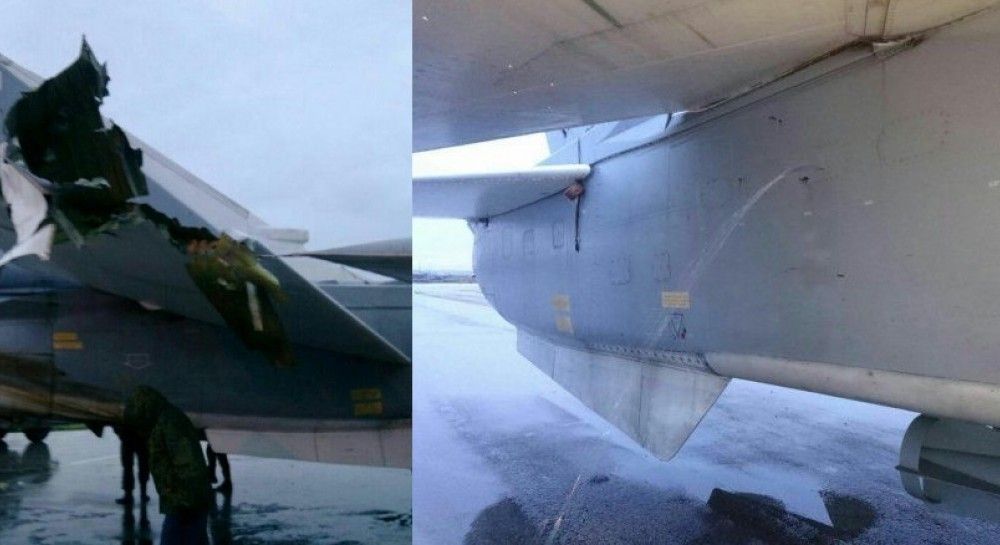
Since 2018, all exercises and maneuvers have a drone and anti-drone part. In his basic training, the Russian soldier learns how to behave in the face of a drone attack and learns to fire with the means at his disposal at drones of different types.
At the same time, the Russian military-industrial complex, which is one of the largest producers of anti-aircraft and electronic warfare systems, has adapted its equipment to this threat and has created new ones.
The management of the drone threat in terms of jamming is done on a strategic scale, as with the Murmansk-BN complex which has a range of 5000 km and can alter the data of GNSS systems like GPS and Galileo. It can also intercept and suppress all shortwave frequencies in this 5000 km bubble.
On a smaller scale, the Krashukha jamming system is intended for radar suppression over distances of up to 250 km and for jamming GNSS satellites and communications systems. The same goes for the Borissoglebsk 2 which is more oriented towards communication jamming.
The Avtobaza, which has already proved its worth by intercepting several drones, including the “Beast of Kandahar” in Iran, is specialised in suppressing SLR or SLAR radar waves, missile radars and above all the ground proximity radars of fighters and bombers. It also detects the movement and vectors of stealth aircraft.
At the tactical level, the Russian army uses the Repellent 1 system for its units, which has proven itself in Syria and has a range of 30 km. Mounted on a truck, it can protect units in this envelope. This system has proved its worth against small drones but not against powerful drones, as proven by the destruction of one of these complexes in Armenia.
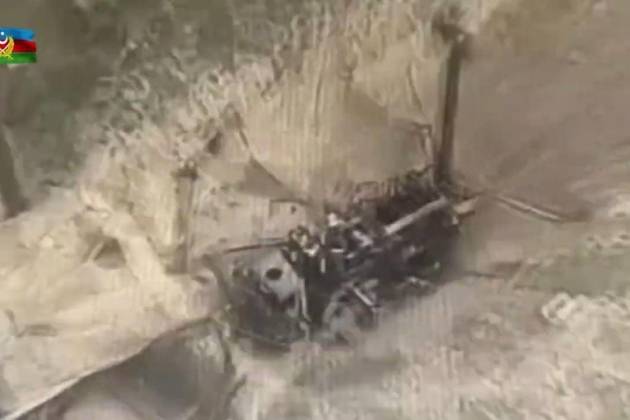
At the level of small units Russia uses individual equipment such as the Kupol or the Pischal which are easily transportable.
Of course, the Russian army uses active systems against drones like the Pantsir, the TOR M2E or the Gibka-S. At the level of small units or sections, MANPADS are deployed, such as the Verba, which now replaces the Igla and whose success was proven in Armenia when it shot down two Harop suicide drones over the capital of Karabakh.
Other systems, such as the Pantsir, which has had a confrontation with armed drones such as the Bayraktar TB2, have had relative success, with some 40 drones intercepted and 12 Pantsir destroyed (of which just 2 were functional).
More recently, Russia has been confronted with Ukrainian drones, including the Bayraktar, again with better control than in Libya and Syria because of the excessive use of electronic warfare means.
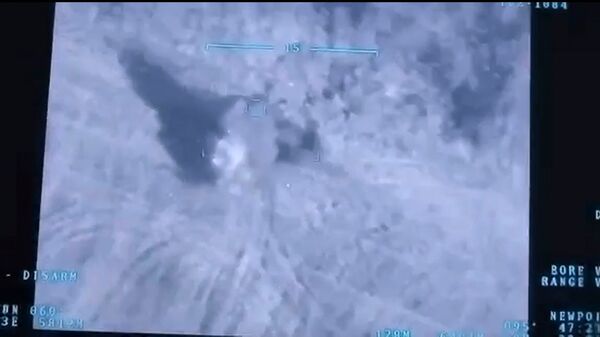
(More to come in part 2, where we will talk about other experiences)
 MENADEFENSE All about defense from Marrakech to Bengladesh
MENADEFENSE All about defense from Marrakech to Bengladesh

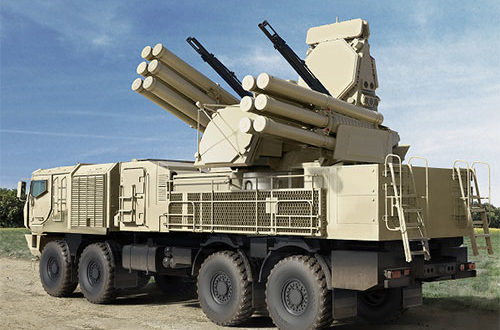

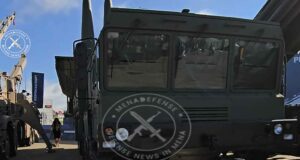
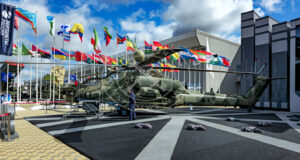













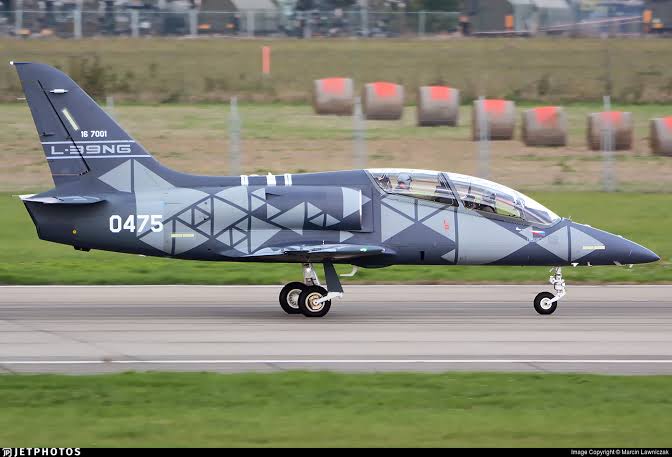

Commentaires Recents